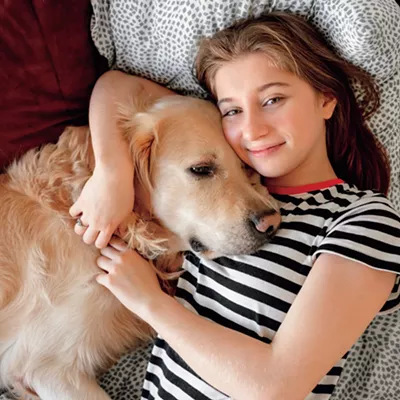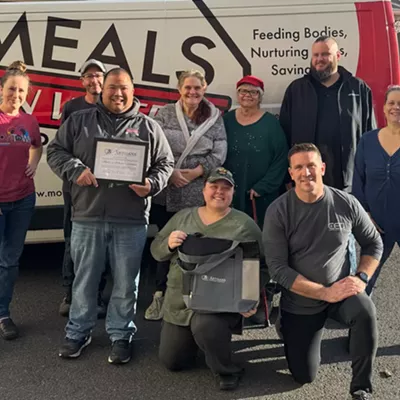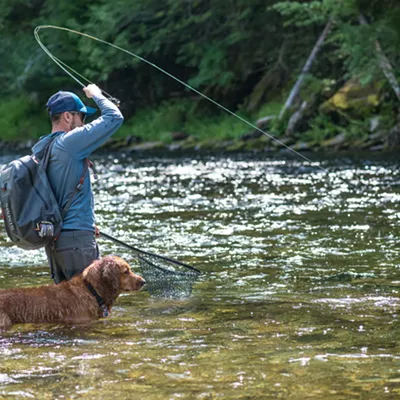Ihave always been fascinated by the great mystery of how two completely different species — humans and dogs — have found a pathway to becoming bonded. It's the reason so many of us seek a dog companion, and also why it's important to remember that your pet will bring their own personality to the mutual relationship. Therefore, when adopting a pet into your family, choose wisely!
For some folks the first consideration in choosing is what kind of dog they prefer. You might consider what "group" you choose from: working, herding, toy, hound, sporting, terrier, etc. Each group has certain characteristics you may or may not prefer. There are abundant resources that cover the various traits each group possesses. Many people, perhaps most, just want a poi dog, the Hawaiian word for mixed breed or, as some would say, the common mutt. I had several poi dogs when I lived in Hawaii, and now I have Kai (Hawaiian for ocean), my 18-pound Spokane companion. She's a mixed breed, mostly resembling her mom, a Cavalier King Charles Spaniel. Wow, what a title. She responds to most of my commands, but I must admit that we struggle over the "come" command... my bad. Which brings up the next topic of choosing a pet: temperament testing.
This most important topic is not only necessary but also complicated and requires you to put in some effort in checking out the various resources available to you, including talking with veterinarians, animal shelters, dog clubs, training clubs and pet stores — they all have lessons for you to ponder. Or, you might just Google "temperament testing" for dogs and see if you can learn enough about temperament to trust your own judgment.
In general, you will come across these four temperament testing categories to consider when choosing a pet: "normal," dominant, submissive, and independent. If you put in the time to learn about testing for these traits, you are more likely to choose wisely and pick "normal" by avoiding such things as signs of aggression or excessive fear traits (biting or hiding!). There is a great tendency to pick beauty over temperament, so be careful about what motivates you when picking a pup.
Once you've adopted your canine companion you have the same job a parent has in raising a child: setting boundaries. This requires a lot of work — first at home and then out in the animal world at large because socializing your pet is also part of boundary setting. Consider joining groups or clubs that offer opportunities for your pet to be around other dogs for this all-important training. Spokane has abundant resources to help you do that in a way that's not just hard work but also fun.
After passing your temperament and socialization tests with at least a C grade, you may want to move on to advanced training. There are lots of fun options including things like agility and tracking. Some folks choose service dog training (which includes therapy dog and guide dog training). Or you might want to explore "clicker training." These are just a few of the many areas your dog might do well — giving you and your pet some neighborhood bragging rights, but also, and more importantly, the satisfaction of a deeper bond with your canine pal.
Robert Slack is a retired veterinarian who lives in Spokane. He is the author of Tails: Curious Stories of the Animal-Human Bond.





















